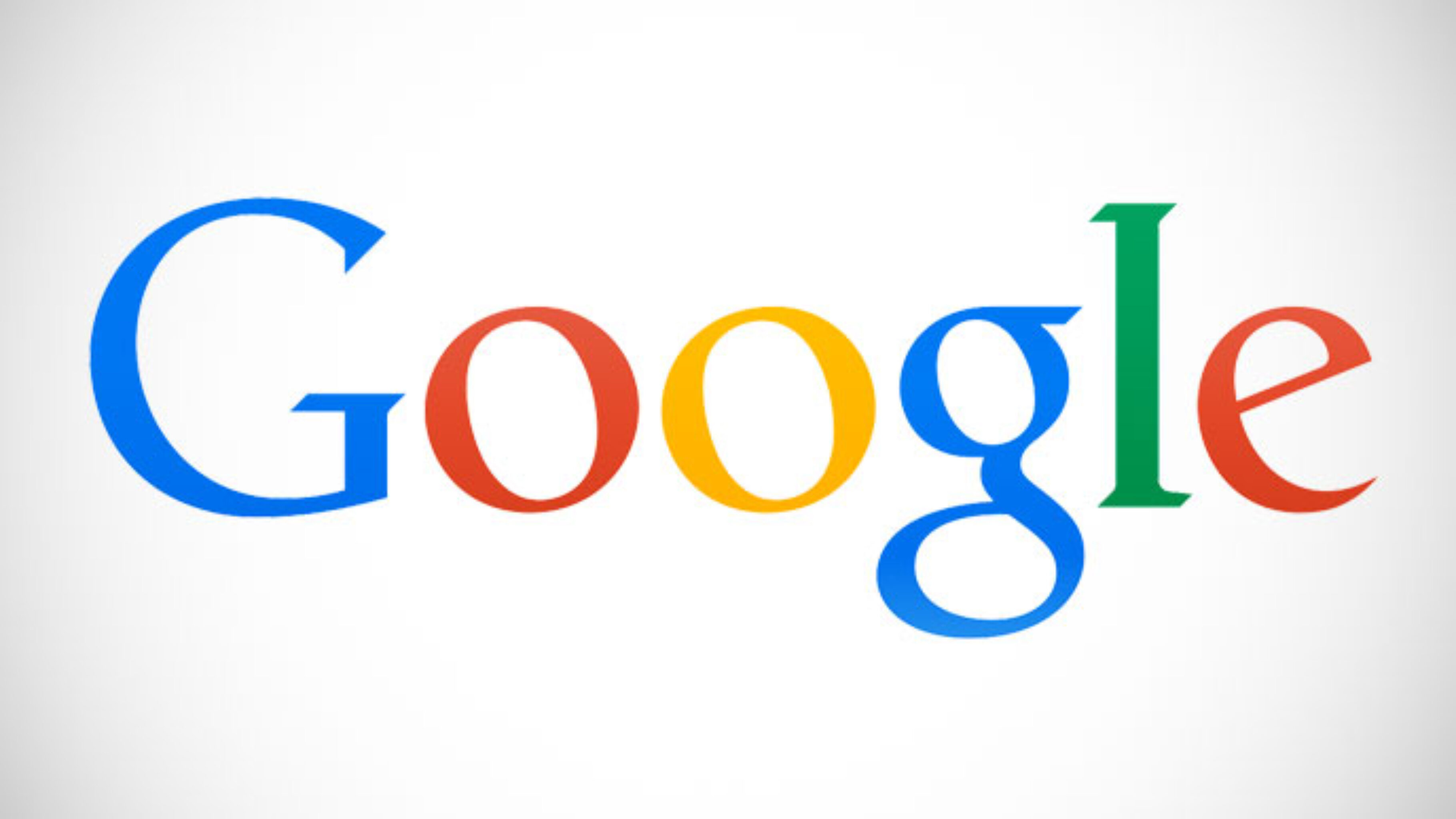With a declining number of searches hitting Google over the last few months, it’s no surprise the search engine king is rolling out new ideas to compete with the likes of Bing and Yahoo. It is also faced with the mounting challenge of Facebook. Traffic is shifting towards Facebook, with many users staying on this site longer, given the search facilities and targeted ads. The new Google click-to-buy button and Youtube’s click-to-shop button could help the search engine combat it’s competitors, capture a lion’s share of eCommerce traffic and have a massive impact on the industry as a whole.
Confirmed as in the pipeline at Code Conference on May 27th, the Google click-to-buy button essentially enables a one-click transaction for those who shop for products via Google. When a consumer searches for example “Adidas trainers” and clicks on any of the results, through Google’s current set-up the user would then be transferred to the merchant’s site and made to go through the several stages of size and colour selection, before entering their details and making their purchase. The beauty of Google’s click-to-buy is that these secondary stages are swiftly omitted and replaced with an immediate check-out page. The user does not have to reach the checkout via the merchants page, rather in one click they arrive at a Google built-in checkout where they can select their product attributes and make their payments.
Click-to-buy is in theory great news for retailers who want to increase their sales. The one click purchase format according to most research, should guarantee lower drop-off rates. Shoppers will not be deterred from making sales by lengthy purchase processes and their attention spans should be held long enough for transactions to be completed. However the click-to-buy button should it take off could result in eCommerce sites experiencing lower levels of traffic, if Google takes over as the main outlet for online shopping.
Should leading eCommerce sites such as Amazon be threatened by the prospect of Google’s click-to-buy button? In the US popular opinion doesn’t seem to think so. According to Scott Kessler at S&P Capital, the lions share of online shopping traffic still belongs to Amazon, especially now that there is a significant number of consumers using Amazon prime.
Google has also rolled out click-to-buy and shop-able ads on Youtube at the same time as it’s Google click-to-buy blueprint. The Youtube click-to-buy ads bring shoppers directly to Google checkout pages, with one click. With the click-to-shop ads, YouTube sends users to the retailer’s product page, leaving the checkout process in the hands of the retailer and creating a fuzzier path to purchase than the direct-to-checkout buy buttons. Over the next six months, it will be interesting to see which approach yields the most results for retailers.
Wayfair and Sephora, which both tested the shop-able ads in beta, have seen positive results. At first, Wayfair was wary of how much YouTube could drive impressions for its demographic of 35- to -64-year-old women, but after incorporating the shop-able ads, it plans to generate more original video content. Google boasted in a blog post that Wayfair reported a 300 percent revenue increase per impression, with the shop-able ads.
Youtube tends to cater for more of a teen market. 82% of U.S. teens watch YouTube regularly, compared to 54% of adults over the age of 35. This has huge implications if you run an eCommerce site aimed largely at an older demographic. If you do then Youtube’s shop-able ads may not be for you. Or, as we have seen in the case of Wayfair you could still see improvements in sales if you generate more content specific to your demographic and target your videos strategically. Youtube is still up against Facebook for the battle to win over viewers, Facebook being much more popular amongst older consumers. Facebook’s video ads, which have an audience of 1.44 billion monthly active users, can use just as much (if not more) user data to craft targeted ads. In Facebook, Youtube is likely to face it’s toughest competitor.
These latest moves from Google, are all about generating faster m-commerce sales. With so much traffic moving to mobile, the search engine wants to enable swifter sales via mobile devices.
One click purchases are a major boost for seamless mobile shopping and will no-doubt benefit retailers and site owners. It remains to be seen however, if Google can compete with the might of Facebook and Amazon to dominate the online retail market.








